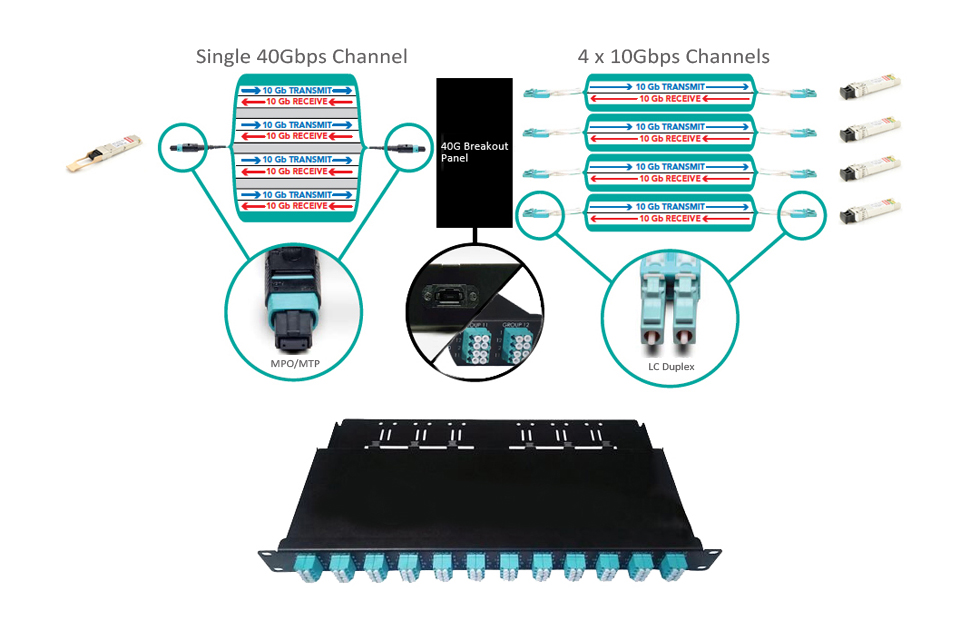Category 6 (CAT6) is an Ethernet cable standard defined by the Electronic Industries Association and Telecommunications Industry Association (commonly known as EIA/TIA). CAT6 is the sixth generation of twisted pair Ethernet cabling. Cat6 increases the bandwidth of the Cat5/5e from 100MHz to 250 MHz and allows for better signal to noise ratio with minimal loss which ensures faster and reliable networks. Cat6 also has many benefits compared to the Cat5/5e such as backwards compatibility, ease of installation, high performance, faster speeds, and higher capacity.
Category 6 was designed to support Gigabit Ethernet data rates (1 gigabit per second - Gbps). It additionally can support 10 Gigabit Ethernet connections over a limited distance (technically, 50 meters or 164 feet for a single cable).
CAT6 cable contains four pairs of copper wire and utilizes all of these pairs for signaling in order to obtain the higher level of performance.
- Ends of a CAT6 cable use the same RJ-45 standard connector as previous generations of Ethernet cables.
- Printing along the length of the cable sheath identifies it as "CAT6".
- An enhanced version of CAT6 called CAT6a supports up to 10 Gbps speeds.
The Category 6 Augmented (CAT6A) cable standard was created to further improve on the performance of CAT6 for Ethernet cables. Using CAT6A enables 10 Gigabit Ethernet data rates over a single cable run up to 100 meters (328 feet). twice as far as CAT6, which supports 10 Gigabit Ethernet also, but only over distances up to 50 meters (164 feet). In return for the higher performance, CAT6A cables tend to cost noticeably more than their CAT6 counterparts, and they are slightly thicker (but still use standard RJ-45 connectors).
The history of cable design for Ethernet networks resulted in two separate efforts to improve on the previous generation Category 5 (CAT5) cable standard. One eventually became CAT6. The other, called Category 5 enhanced (CAT5e), was standardized earlier. CAT5e lacks some of the technical improvements that went into CAT6 but also supports Gigabit Ethernet installations, and at a lower cost.
Like CAT6, CAT5e utilizes a four wire pair signaling scheme to achieve the necessary data rates. (In contrast, CAT5 cables contain four wire pairs but keep two of the pairs dormant.)
Because it became available in the market sooner and offered "good enough" performance for Gigabit Ethernet at a more affordable price point, CAT5e became a very popular choice for wired Ethernet installations. This plus the relatively slow transition of the industry to 10 Gigabit Ethernet has significantly slowed the adoption of CAT6.
As with all other types of twisted pair EIA/TIA cabling, individual CAT6 cable runs are limited to a maximum recommended length of 100 meters (328 feet) for their nominal connection speeds (Gigabit Ethernet). As mentioned above, CAT6 supports 10 Gigabit Ethernet connections also but not at this full distance. Besides, CAT6 cable price is a little higher than that of CAT5e cable. So before choosing it, you’d better measure whether it is worth the extra cost.












